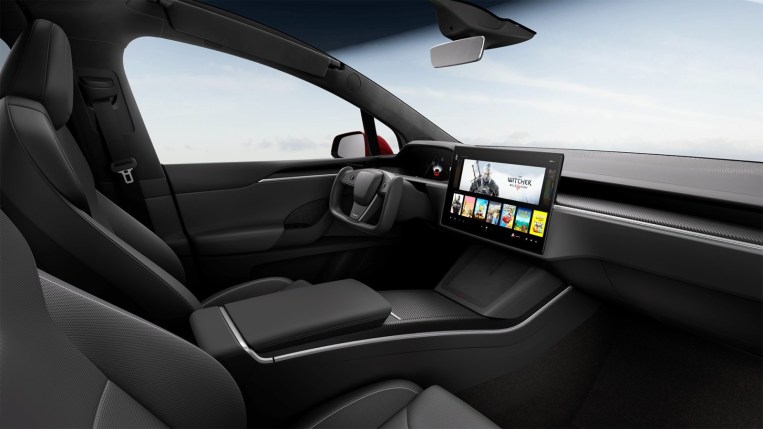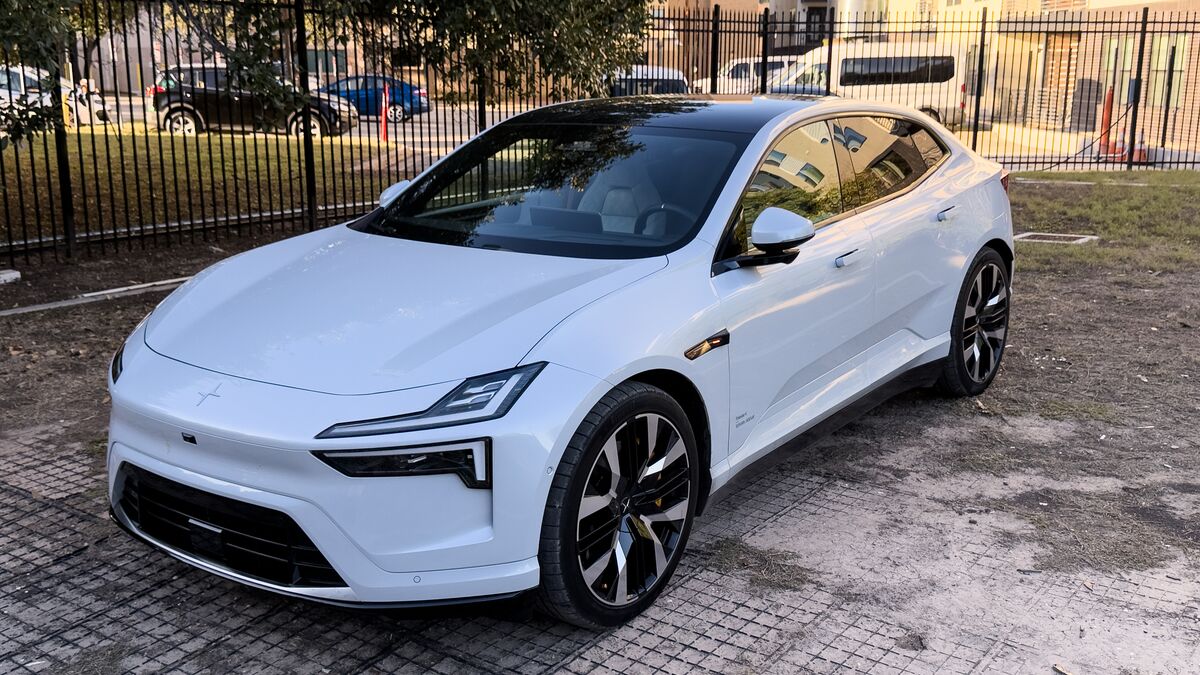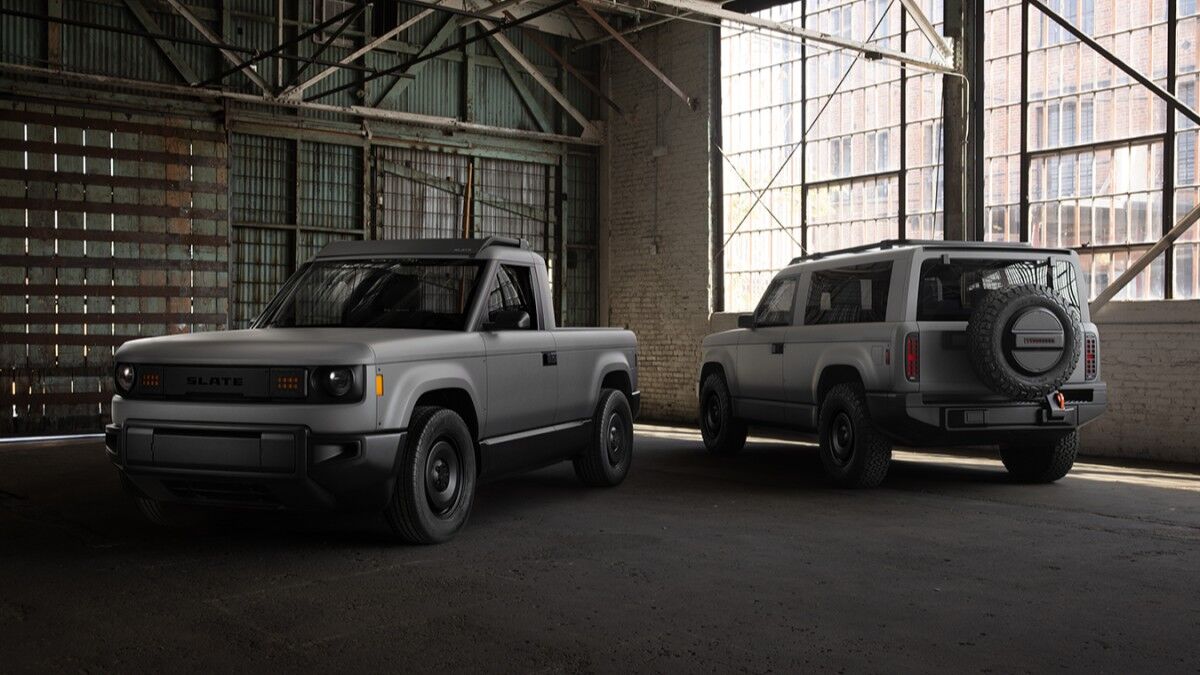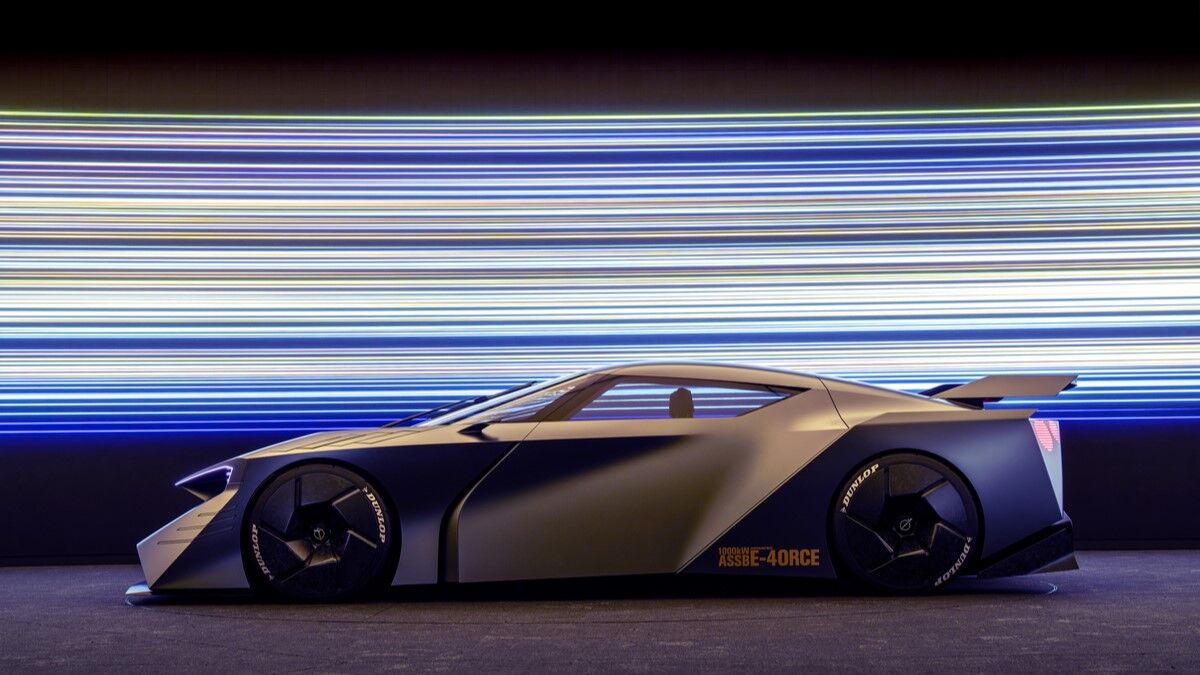
Related: Self-Driving Cars – Everything You Need to Know
What Is Full Self-Driving?
Tesla sells three levels of driver assistance software. None of them allow the car to drive itself.
Every Tesla ships with the company’s Autopilot system activated. Autopilot combines a smart cruise control system that can keep its distance from other cars with a lane-centering function. In 2023, almost every major automaker has a similar system.
Enhanced Autopilot adds parking assistance, lane changes, and a “summon” feature that drives the car a short distance towards its owner at parking lot speeds. It adds $6,000 to the purchase price.
Full Self-Driving Capability is more complex. It can stop at traffic lights and stop signs and, sometimes, successfully steer itself on city streets. That “sometimes” is where the controversy comes in.
What’s the Controversy?
Tesla has allowed thousands of owners to use the software but insists this is a test.
Tesla operates, in some ways, more like a software company than a car company. It’s common for software companies to sell unfinished products, allow users to find their flaws, and fix them over time through downloads. Software manufacturers call that “beta testing.”
Tesla says it has been beta-testing Full Self-Driving Capability since late 2020. That means thousands of Tesla owners have been letting their cars drive on public roads with the rest of us, using software the company says isn’t finished.
Understandably, that approach alarms safety advocates and regulators. The federal government is conducting an unknown number of investigations of Tesla’s partial automation software, at least one of which could lead to criminal charges.
Tesla is also facing dueling lawsuits, one from a group of owners angry that it hasn’t come faster and another from owners alleging that the company released it too early and put them at risk.
What Is the Recall?
Last month, Tesla announced a recall of the Full Self-Driving Capability software. The recall doesn’t take it off the road.
Instead, it promises a software update that will correct specific problems identified by the National Highway Traffic Safety Administration (NHTSA). The agency, for instance, has cited that the system can travel straight out of a turn-only lane, which could cause an accident.
Tesla says the software update is coming but isn’t ready yet.
Tesla is notorious for communicating very little with reporters and the public. But the company this week placed a Frequently Asked Questions update on its website. It says that the beta testing program is no longer accepting new users.
“Until the software version containing the fix is available, we have paused the rollout of FSD Beta to all who have opted-in but have not yet received a software version containing FSD Beta,” it explains.
It’s still possible to order the system. We tried assembling an order through the Tesla website and found it still possible to add Full Self-Driving Capability to a new order.
But Tesla won’t allow new buyers to use it yet.
Is It Really a Recall?
Tesla CEO Elon Musk has complained on Twitter, the social media platform he bought last year, that it isn’t fair to characterize a software update as a recall.
Federal law requires automakers to correct, for free, any problem that could make a car unsafe to use. They must notify owners and are still responsible for recall repairs even if you bought the car used.
The National Traffic and Motor Vehicle Safety Act mandates that automakers provide free repair on recall issues for 15 years from the date of sale. Most manufacturers will honor recalls even on older cars.
In recent years, many of those fixes have come through software updates. Automakers have designed more and more cars to stay connected at all times. It’s grown common for software problems to create critical safety issues. Automakers fix them with software updates.
They must still file recall paperwork with NHTSA to explain the defect and their plan to fix it, even if the problem is fixed remotely. Musk is the only auto industry official we’ve seen complain about the process.
It’s worth noting that Tesla’s cars have more software-related features than most cars. It’s not exactly surprising that the most software-dependent cars have the most software defects. That’s to be expected.
Despite the company’s relatively small size, it issued the second-highest number of recalls last year and the most on a per-car basis.
Is Full Self-Driving the State of the Art of Partial Automation?
Full Self-Driving Capability has plenty of rivals in the marketplace.
The automotive industry uses a 5-level scale to classify its attempts at automated driving. The Society of Automotive Engineers (SAE) classify Tesla’s Full Self-Driving Capability as a Level 2 autonomous system – it requires drivers to keep their eyes on the road and be ready to take over driving in a split second if prompted. It’s designed to monitor the driver’s attention and shut down if they aren’t watching the road, though critics say that system is easy to fool.
Ford’s Blue Cruise system and GM’s Super Cruise system are also Level 2 autonomous technologies. The difference? They work only on highways the companies have pre-mapped, so Ford and GM can be more confident the systems won’t encounter unusual circumstances they aren’t prepared for.
In Nevada, Mercedes-Benz recently obtained legal authority to sell the world’s first Level 3 autonomous system, which allows drivers to take their eyes from the road. Tesla, maintaining radio silence with the media as always, has not commented.







